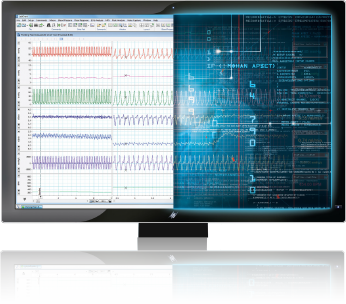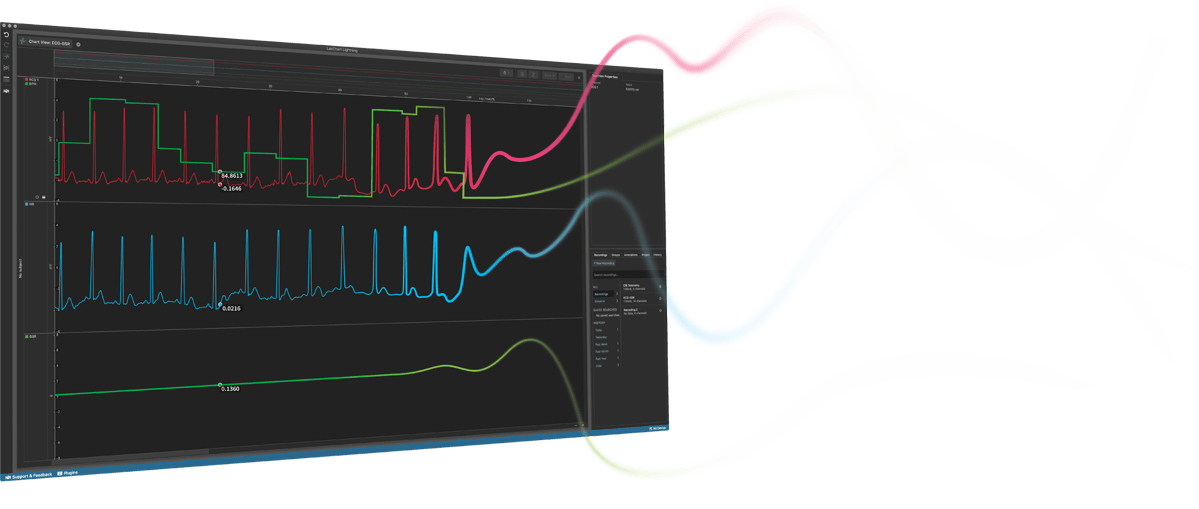Volume can be expressed as cubic metres or in litres, depending on the nature of the substance. Liquid and gas volume changes with time correlating to specific events are often studied in physiology.
In cardiovascular physiology, ventricular systolic and diastolic volumes are often measured, which can be used to derived further measurements, such as stroke volume (SV), and left ventricular end diastolic volume (LVEDV). The blood volume is often an important measurement in circulation studies, while lung volume measurements provide vital information in respiratory studies. Other studies may involve the volumes of secretions or volumes being filtered. Additionally, in drug studies, volumes of solutions and drugs are also necessary for calculating and introducing accurate and precise doses.
There are many methods to measure volume, either directly using graduated markings of measuring cylinders, beakers, other glassware and syringes, or indirectly using impedance/conductance methods with ionic solutions, volume flow measurements, optical methods and measuring changes of spatial markers.





